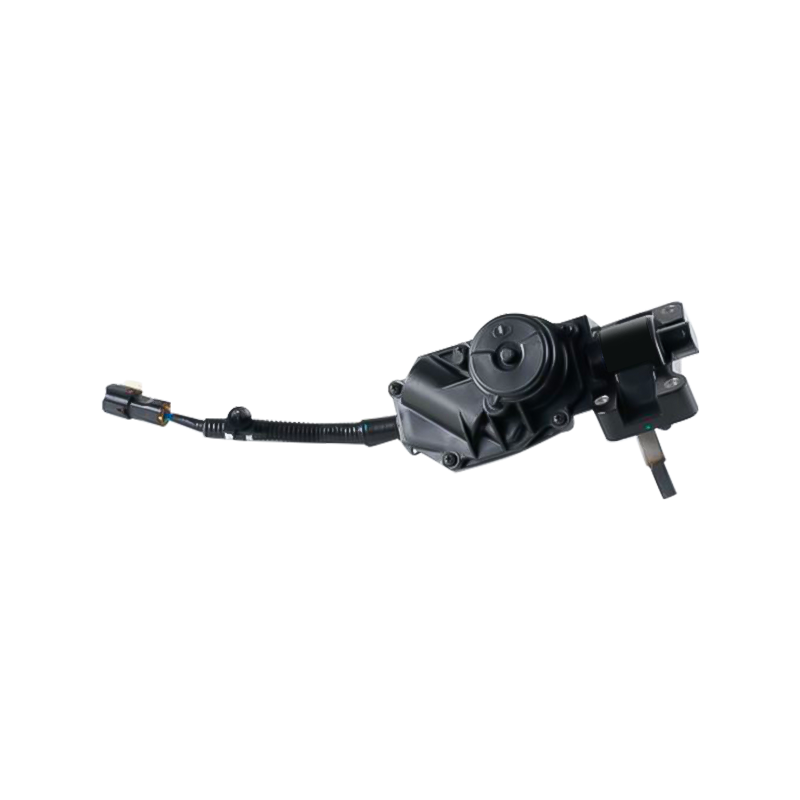BT001 Honda Accord Windshield Wiper Motor
Power Voltage 12V DC, 35W No-load Current Low speed ≦1.5A, high speed ≦2.0A No-loa...
View MorePerformance of Oil Pump Motors in High-Temperature Environments
Operating oil pump motors in high-temperature environments presents unique challenges that can significantly affect their efficiency, durability, and reliability. High temperatures impact not only the motor itself but also the oils being pumped and the overall system’s performance. Understanding how oil pump motors behave under such conditions is essential for selecting and maintaining equipment suitable for heat.

Thermal Effects on Motor Components
High ambient and operational temperatures place considerable stress on the motor’s internal components. Insulation materials, bearings, windings, and seals are all susceptible to degradation when exposed to excessive heat. Over time, thermal aging can cause insulation breakdown, causing short circuits or motor failure. Bearings may experience accelerated wear due to lubricant breakdown at elevated temperatures, resulting in increased friction and potential mechanical failure. To counter these issues, oil pump motors designed for high-temperature applications incorporate high-grade insulation materials, heat-resistant bearings, and enhanced sealing technologies to maintain operational integrity.
Influence of Elevated Temperatures on Motor Efficiency
As temperatures rise, the efficiency of an oil pump motor can decline due to increased electrical resistance within the motor windings. This resistance generates additional heat, creating a feedback loop that further raises internal temperatures. Without adequate cooling or thermal management, this can cause thermal overload and reduced motor lifespan. Advanced motors often integrate cooling systems such as forced air or liquid cooling to dissipate heat effectively. Maintaining suitable operating temperatures ensures the motor runs efficiently even in harsh conditions.
Impact on Pumped Oils and System Performance
High temperatures also affect the viscosity and chemical properties of the oils being pumped. Elevated heat typically reduces oil viscosity, allowing for easier flow and potentially reducing the motor’s workload. However, excessively low viscosity can cause insufficient lubrication within the pump, increasing wear and the risk of cavitation. Additionally, certain oils may degrade chemically at high temperatures, producing contaminants that can harm motor components. Therefore, selecting oils formulated for high-temperature stability is as important as choosing a compatible motor.
Design Considerations for High-Temperature Oil Pump Motors
Motors intended for high-temperature environments often feature specialized design elements to withstand thermal stress. Use of materials such as ceramics or high-temperature alloys improves resistance to heat-induced fatigue. Enhanced ventilation, thermal insulation, and protective coatings help shield sensitive components from direct heat exposure. Some oil pump motors include temperature sensors and automatic shutdown features to prevent damage during overheating events. Such designs contribute to safer and more reliable operation in demanding industrial settings.
Maintenance and Operational Strategies
Routine maintenance is critical when operating oil pump motors in high-temperature conditions. Regular inspection of insulation resistance, bearing condition, and cooling system performance helps detect early signs of thermal damage. Lubricants must be checked and replaced more frequently to ensure effective bearing protection. Operators may also adjust load and duty cycles to reduce thermal stress during peak temperature periods. Implementing predictive maintenance strategies, such as thermal imaging and vibration analysis, can significantly extend motor life.
Oil pump motors face significant challenges in high-temperature environments that affect their components, efficiency, and overall performance. Careful consideration of thermal effects, combined with motor designs tailored for heat resistance, is vital for maintaining reliability and safety. Furthermore, understanding the interaction between temperature, oil properties, and motor operation enables better system optimization. By selecting appropriate equipment and following rigorous maintenance practices, industries can ensure their oil pump motors perform effectively even under heat conditions.